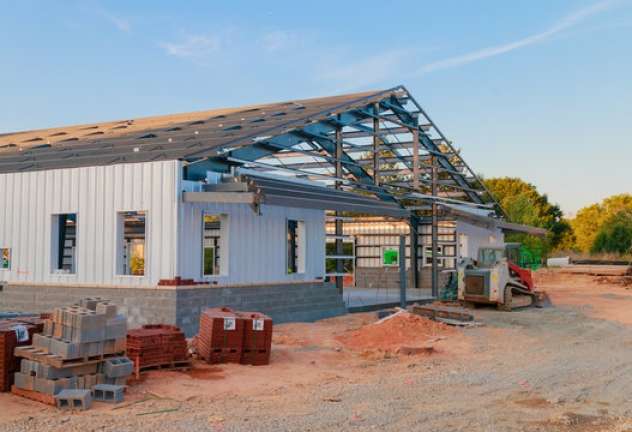According to OSHA, 20% of 2019 workplace deaths happened in the construction industry. That’s one out of every five workers who died that year.
The construction field comes with several inherent risks. After all, working with heavy equipment and materials can pose several threats.
For this reason, construction worksite managers must do everything they can to protect their works. This process begins with your construction planning.
It’s critical to plan for safety as you prepare for construction. The question is, how can you incorporate safe policy into your construction management plan?
If that’s what you want to know, you’re in luck! We’ll provide five tips for your construction planning in the guide below.
1. Performing a Risk Assessment in Construction Planning
The first step in building a construction safety plan is to perform a risk assessment of the worksite. You can do this using a risk model that assesses the risk of a project in the construction industry.
The key to low risk is to reduce the probability of a failure. This way, you can prevent the worst-case scenario from occurring.
It often helps to look at project uncertainties and variables that affect the work. From there, look at historical causes of incidents for your type of project. You can get more info here on how to do this.
2. Installing Effective Safety Processes
Another critical aspect of planning is outlining how your team should conduct its work. Construction managers must create work processes that all personnel follow when working at the job site.
Managers must also train their workers to follow their safety procedures. At this time, your workers should have time to ask questions or talk with safety experts to answer any concerns they have.
3. Creating and Supporting Safety Culture
Most construction companies have official safety procedures. However, not all of those companies’ workers follow those procedures.
That’s why you need a workplace culture that values safety procedures. You can create this culture using several methods.
For example, you can focus on behavior-based safety improvements. You can also follow safety management techniques and provide safety orientation.
4. Implementing Procedures for Incidents
Another component of a safety culture is training personnel who can take the appropriate action if an incident occurs. As a manager, you’ll need to establish safety procedures for reporting an issue, as well. This way, the incident doesn’t escalate into something more dangerous.
5. Identify Risks of Equipment and Tools
Finally, managers must assess the risks of the equipment their sites use. For example, a wrecking ball has obvious risks for workers. How can you prevent those risks from endangering your workers?
Begin Creating a Construction Safety Plan!
Incorporating safety into your construction planning is crucial for your work process. Doing this protects your workers and enhances your efficiency. After all, fewer injuries allow your team to work faster.
So, start implementing these strategies in your construction planning. Once you do, your construction will become safer and more practical.
We hope you enjoyed this article! If so, check out our other content today.
















